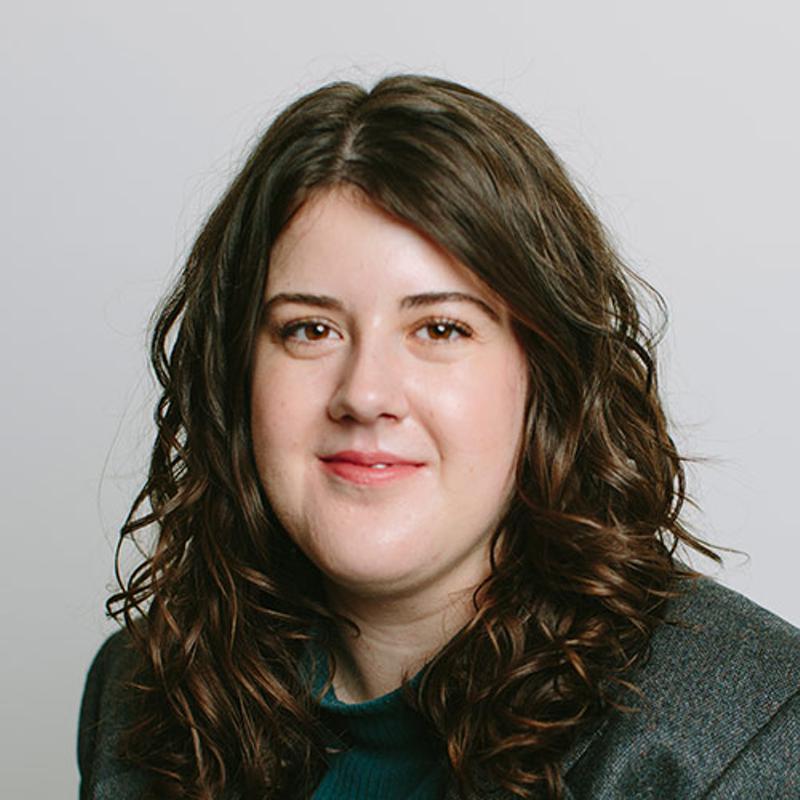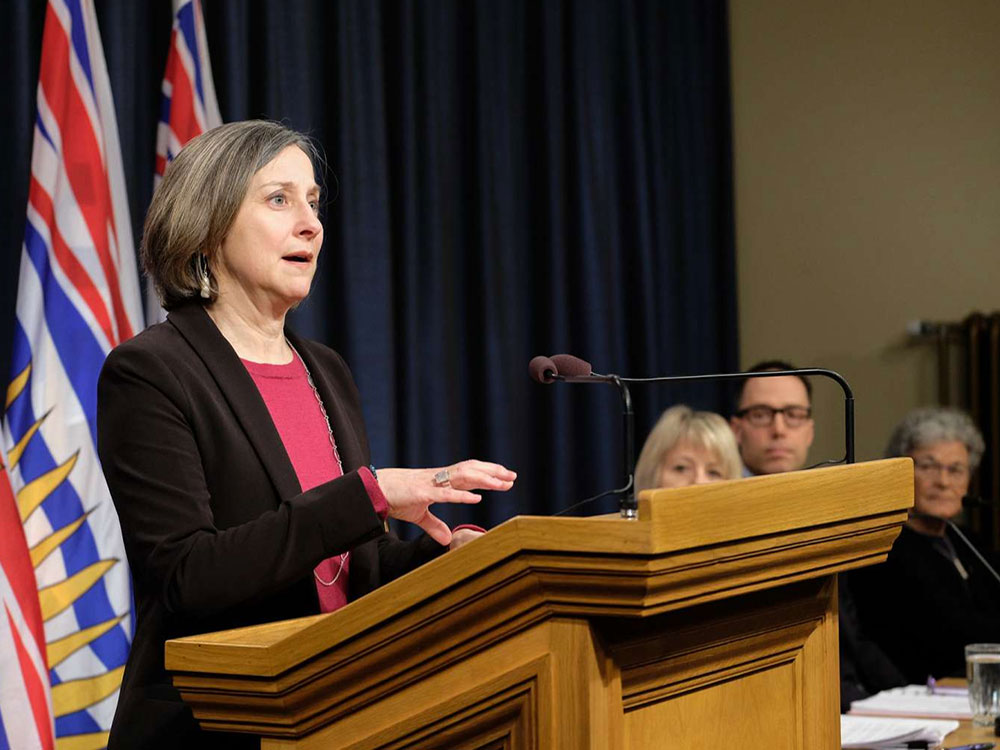The first month of 2023 saw 211 people in British Columbia killed by toxic drug poisonings, equivalent to almost seven people dying each day.
It’s a slight increase from 207 people who died in December, and just under the 216 people who died in January 2022, according to a report today from the BC Coroners Service. Deaths have topped 200 in eight of the last 16 months.
More than 11,625 people have been killed by an increasingly contaminated and unpredictable illicit drug supply since the province declared a public health emergency in 2016.
The vast majority are men aged 30 to 59, dying alone in their own homes and private residences, according to the data. Two youth under 18 and 32 people between 19 and 29 also died in January.
"Once again, our agency is reporting on preventable losses of life in heart-breaking numbers," said chief coroner Lisa Lapointe in a statement.
The report comes as B.C.’s overdose public health emergency approaches its seventh anniversary in April, “and the drug-poisoning crisis continues to cost lives and communities at an unprecedented rate,” Lapointe said.
January’s initial figures mean the 2023 average per capita death rate of 46.5 per 100,000 is the highest of any year recorded since 2013. The rate has more than doubled since 2016 to become the leading cause of unnatural death in B.C.
Vancouver, Victoria and Surrey continue to see the most deaths of any municipality, and Vancouver Coastal Health saw the highest per capita death rate at 63.8 per capita.
The Island and Northern Health regions have the next highest rates in January at 52 and 50.9, respectively.
Last week, the province’s budget confirmed an additional $1 billion in spending on mental health and substance use services over the next three years, largely focused on opening 195 new publicly funded treatment and recovery beds.
"While the province has been adding new treatment and recovery services, expanding overdose prevention and working to end the stigma around addiction, illicit substances have become more toxic,” Minister of Mental Health and Addictions Jennifer Whiteside said in a statement today.
“We are going to keep escalating our response to the toxic drug crisis by using all the tools in our toolbox to save lives and end this public health emergency."
Accessible, timely and evidence-based treatment options are an essential part of addressing the crisis, an expert panel Lapointe convened concluded last March.
But a meaningful response must address and replace the volatile supply first and foremost, the panel urged the province. More than half of people dying in recent years are not considered addicted or to have a substance use disorder, according to the panel’s 2022 report.
The illicit supply is profit driven, which has seen dealers develop more potent drugs to ease transport and cut drugs with unpredictable proportions of contaminants to maximize profits. Pandemic-related border disruptions increased these practices.
That puts everyone who uses drugs, even people who use them infrequently or casually, or who tend to use party drugs like cocaine and MDMA, at risk of death, the expert panel stressed.
The powerful opioid fentanyl has contributed to more than 80 per cent of deaths since 2017. But since the beginning of the pandemic, a class of prescription depressants called benzodiazepines has been detected in as many as 55 per cent of opioids like heroin and fentanyl that have been tested, making "benzo-dope.” In January, it was detected in 11.5 per cent of deaths.
The mixture does not respond to naloxone, making it difficult for peers and first responders to reverse outside a hospital setting. Only two people have died at overdose prevention sites in B.C. since 2016, both in the last three months.
The powerful tranquilizer xylazine has also been found in some samples in recent months, according to drug checking data from frontline organizations, including in Nanaimo.
Some public health experts and drug user rights advocates have repeatedly called for regulated, pharmaceutical versions of street drugs to replace the illicit supply, known as safe supply.
They argue this harm reduction strategy would be the most effective way to prevent people dying in the short term, which is supported by Vancouver-based research on small prescribed heroin programs.
“We know that in order to connect people to treatment and recovery, we must first keep them alive,” said Whiteside, noting the province has committed $184 million over the next three years to harm reduction, including about $67 million for expanding prescribed safer supply of prescription heroin.
B.C.’s prescribed safer supply program has provided about 14,000 people with alternatives to illicit drugs since March 2020, but data from the ministry and BC Centre for Disease Control shows these are mostly short-term prescriptions.
Other federally funded pilot projects provide safe supply, including prescription heroin, to about 600 more people in the Lower Mainland and Victoria, while a compassion club model run by the Drug User Liberation Front runs without federal permission or government funding.
Experts have said the safe supply program is not adequate to address the scale of the crisis B.C. is seeing.
“Stopping preventable deaths should be this government’s priority. Safe drugs stop people from dying,” Green Leader and MLA for Cowichan Valley Sonia Furstenau said in a statement today.
“It’s an emergency measure that reduces the ultimate harm… and despite political rhetoric, the data shows that safe supply is hard to access and is in limited supply for those who need it.” ![]()
Read more: Health, Rights + Justice, BC Politics
















Tyee Commenting Guidelines
Comments that violate guidelines risk being deleted, and violations may result in a temporary or permanent user ban. Maintain the spirit of good conversation to stay in the discussion.
*Please note The Tyee is not a forum for spreading misinformation about COVID-19, denying its existence or minimizing its risk to public health.
Do:
Do not: